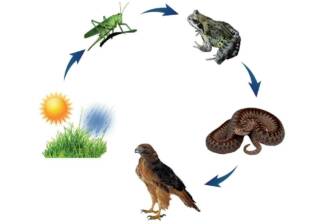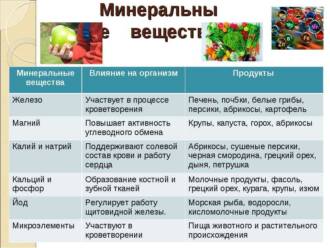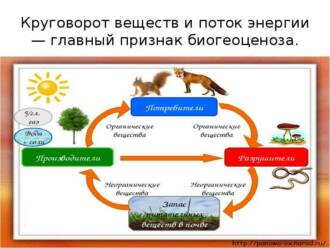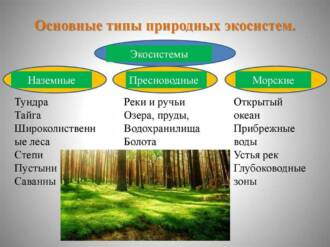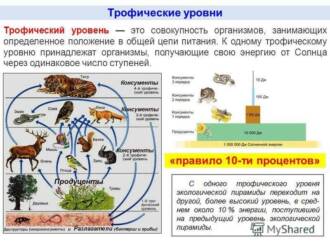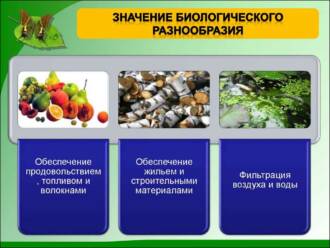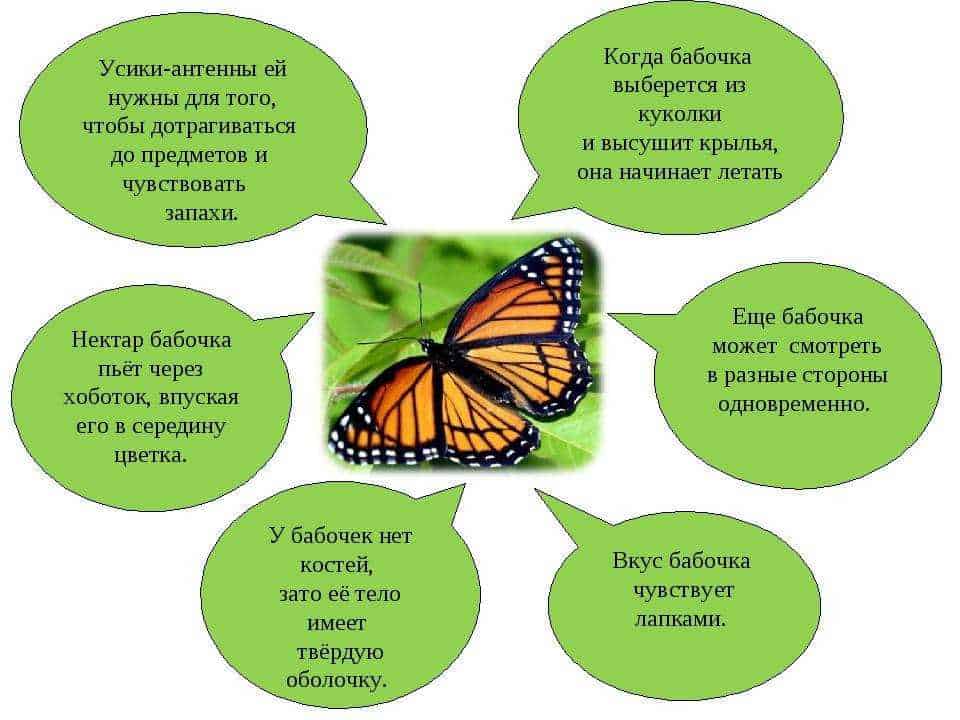
Butterflies are one of the most beautiful and amazing creatures on the planet. Their bright colors and graceful flights have attracted people's attention for centuries. But beyond their cuteness, butterflies also play an important role in maintaining biodiversity on Earth.
One of the main feeding features of butterflies is their preference for nectar from flowering plants. Butterflies are important pollinators of plants, transferring pollen between them and facilitating their reproduction. They also play a role in seed dispersal by eating fruit and acting as a vector.
In addition to nectar, some butterfly species prefer other food sources. For example, caterpillars of many species feed on plant leaves. At the same time, they can be specialized and feed only on certain types of plants, or be polyphagous and feed on different types of plants. This allows them to adapt to different conditions and find food even in limited resources.
Thus, butterfly nutrition plays an important role in maintaining biodiversity. Not only do they function as pollinators and seed dispersers, but they also help control plant populations and create conditions for the development of other organisms. Understanding the feeding patterns of butterflies helps us better understand their contributions to ecosystems and take action to conserve and protect them.
The Importance of Butterfly Nutrition
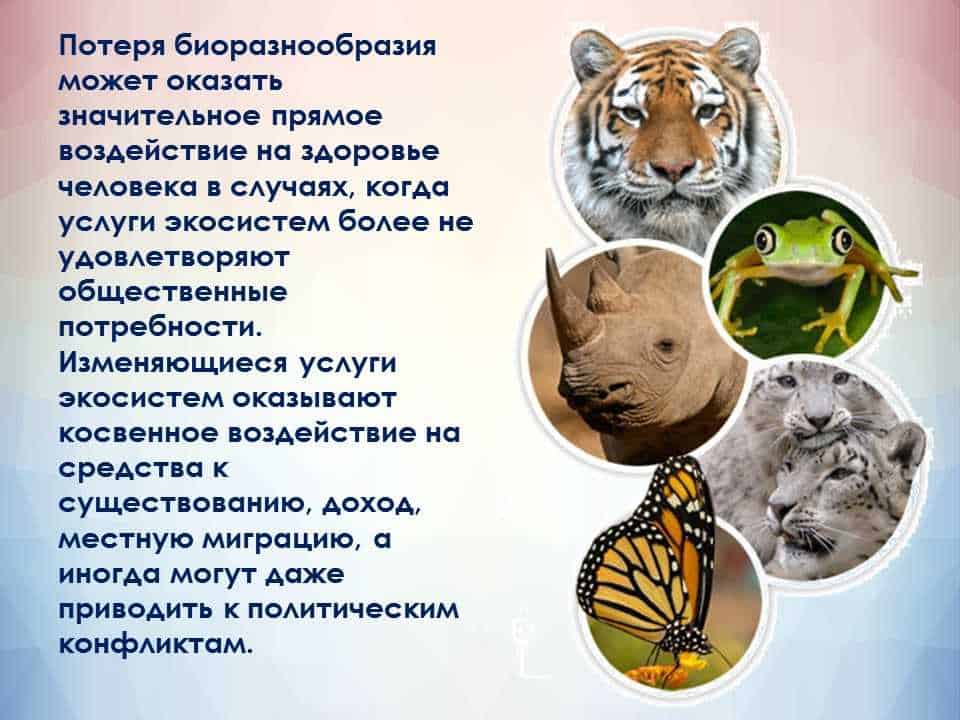
Butterflies are important components of the ecosystem and play a key role in biodiversity. They are one of the main pollinators of plants, contributing to their reproduction and conservation of species. Butterflies feed on the nectar contained in flowers, and in the process of visiting flowers, they transfer pollen between different plants, ensuring pollination and the formation of new seeds and fruits.
One of the most important aspects of butterfly nutrition is the use of certain plant species as food sources for their caterpillars. Each butterfly species has its own preferences for food plants, and without these plants, they will not be able to reproduce and survive. For example, monarch caterpillars only eat milkweed, and Apollo caterpillars only eat heather.
Butterflies are also important links in food chains. They serve as a food source for many predators such as birds, mice and lizards. If butterflies were to disappear, it would upset the balance of natural communities and negatively impact the populations of other animals.
Butterflies can also serve as indicators of environmental quality. Changes in their abundance and species composition can indicate possible problems in the ecosystem, such as air pollution or habitat loss. Therefore, monitoring butterflies and their populations is an important tool for assessing the state of the environment and its sustainability.
Why is nutrition important for butterflies?
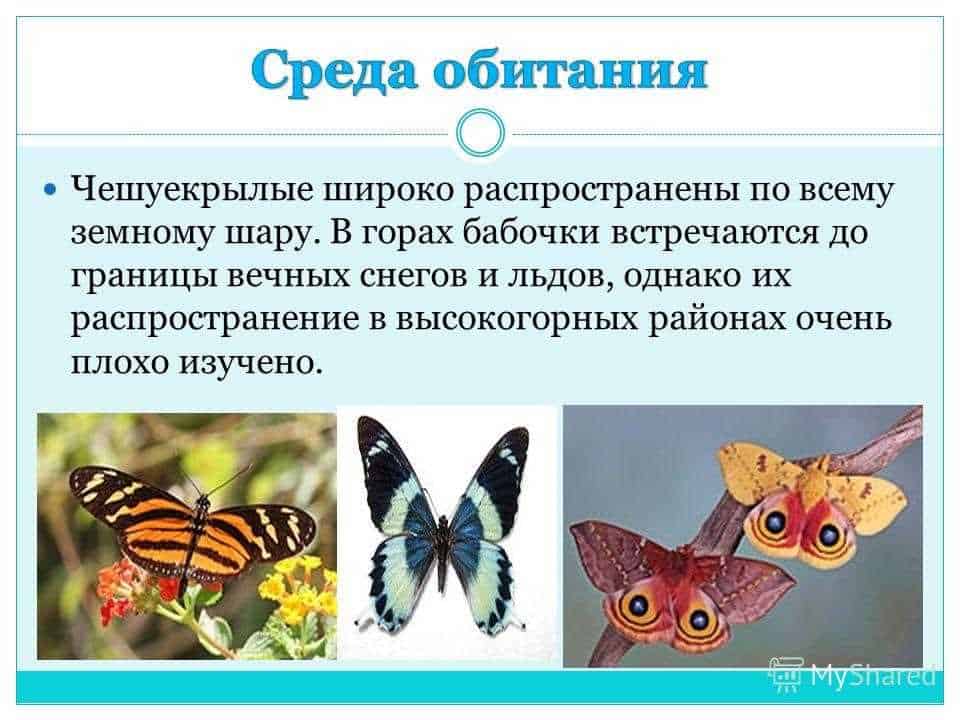
Nutrition plays an important role in the life cycle of butterflies and has a direct impact on their survival and reproduction. Butterflies are heterotrophic organisms, which means that they cannot synthesize their own food and must obtain it from the external environment.
Butterflies go through several stages of development, starting as an egg, then a larva, a pupa and finally an adult. Each stage has its own nutritional characteristics. For example, butterfly larvae, also called caterpillars, typically feed on plants and use them as their main source of nutrition.
Plants play an important role in the nutrition of butterflies, as they provide not only energy, but also essential nutrients. Some plants even develop special relationships with certain species of butterflies, providing them with exclusive food sources.
Butterfly nutrition is also important for maintaining biodiversity. Butterflies are important pollinators of plants, carrying pollen and facilitating their reproduction. They are also food for other animals such as birds, lizards and insectivores.
So, nutrition is an integral part of the life of butterflies and is of great importance for their survival, reproduction and participation in maintaining the ecosystem.
The role of butterflies in biodiversity
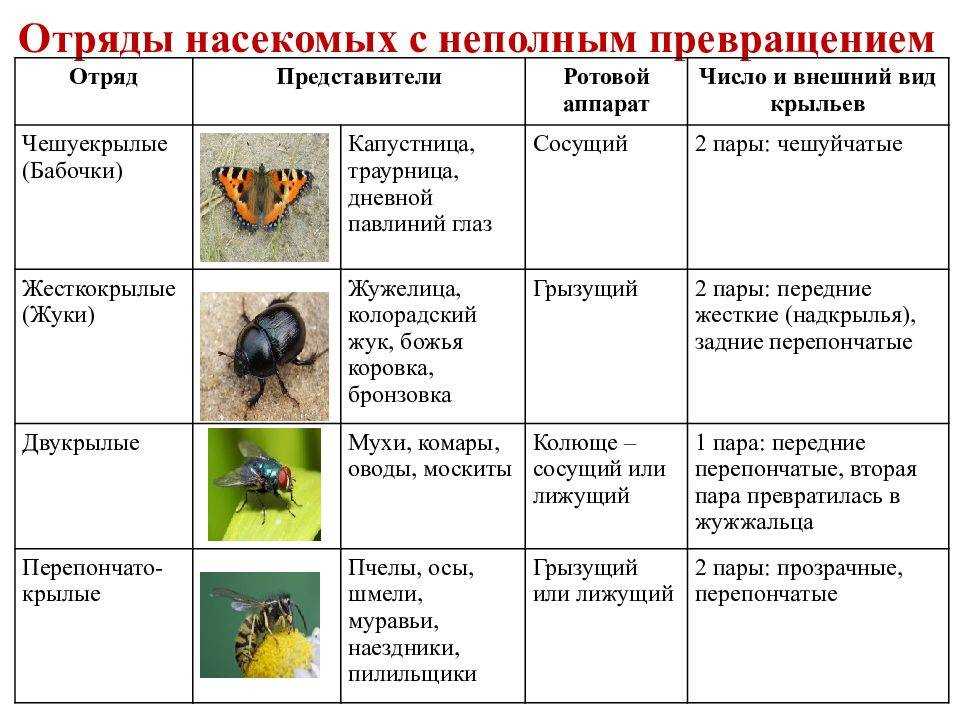
butterflies play an important role in maintaining biodiversity on our planet. They are one of the key links in the food chain and serve as pollinators for many plants.
Butterflies, especially in their caterpillar stage, are a food source for a variety of animals, including birds, frogs and mammals. Most birds, for example, feed on butterfly caterpillars during nesting, which provides them with the protein they need to grow and reproduce.
In addition, butterflies play an important ecological role, pollinating flowers and facilitating the reproduction of many plant species. When a butterfly visits a flower, it transfers pollen from one flower to another, which promotes fertilization and the formation of new seeds and fruits. Without this process, many plants would not be able to reproduce and maintain their populations.
Thus, butterflies play an indispensable role in biodiversity by maintaining food chains and pollinating plants. Their conservation and protection are an integral part of preserving natural ecosystems and maintaining balance in nature.
Biology of butterfly nutrition
Butterfly nutrition is an important part of their life cycle. Each species of butterfly has its own characteristics and food preferences. They can be specialized and eat only certain plants, or they can be polyphagous and eat a wide variety of foods.
Most adult butterflies feed on flower nectar. They use their long proboscis to extract nectar from the flower. Nectar contains sugars, which are a source of energy for butterflies. In addition to nectar, some butterflies may also consume pollen, which contains proteins and other nutrients.
Butterfly larvae have a completely different diet from adults. They feed on plant materials such as leaves, stems and fruits of plants. The larvae may be specialized and feed only on certain types of plants, or they may be polyphagous and consume a variety of plant materials.
Some butterflies, such as moths and other arthropods, feed not only on plant foods, but also on various organic wastes. They can consume dust, wool, fur and even leather. This allows them to survive in different environmental conditions and make use of available food resources.
Butterfly nutrition is important for maintaining biodiversity in ecosystems. Butterflies are important plant pollinators, transferring nectar and pollen from one flower to another. This promotes the reproduction of plants and the preservation of their populations. In addition, some butterfly species are food plants for other animals, such as birds and mammals, and are an important part of the food chain in the ecosystem.
Butterfly eating habits
Butterflies are a group of insects that have a variety of feeding habits. Depending on the species of butterfly, they can be vegetarian, carnivorous, or omnivorous.
Vegetarianism: Some butterflies feed exclusively on plant foods. They prefer flower nectar, pollen, plant juices and even leaves. Often these butterflies have long proboscis, which helps them reach nectar inside flowers.
Predation: Some species of butterflies are predators and feed on other insects. They can prey on larvae, caterpillars, ants and even spiders. They use their strong jaws and pointed proboscis to grab and devour their prey.
Omnivorous: Some butterflies are omnivores and feed on both plant and animal foods. They can feed on pollen and nectar from flowers, as well as insects and fruits. Such butterflies usually have a variety of food sources and can adapt to different feeding conditions.
Thus, the feeding habits of butterflies are varied and depend on the species. They can be vegetarians, carnivores or omnivores, allowing them to adapt to different ecosystems and contribute to biodiversity.
How do butterflies get food?
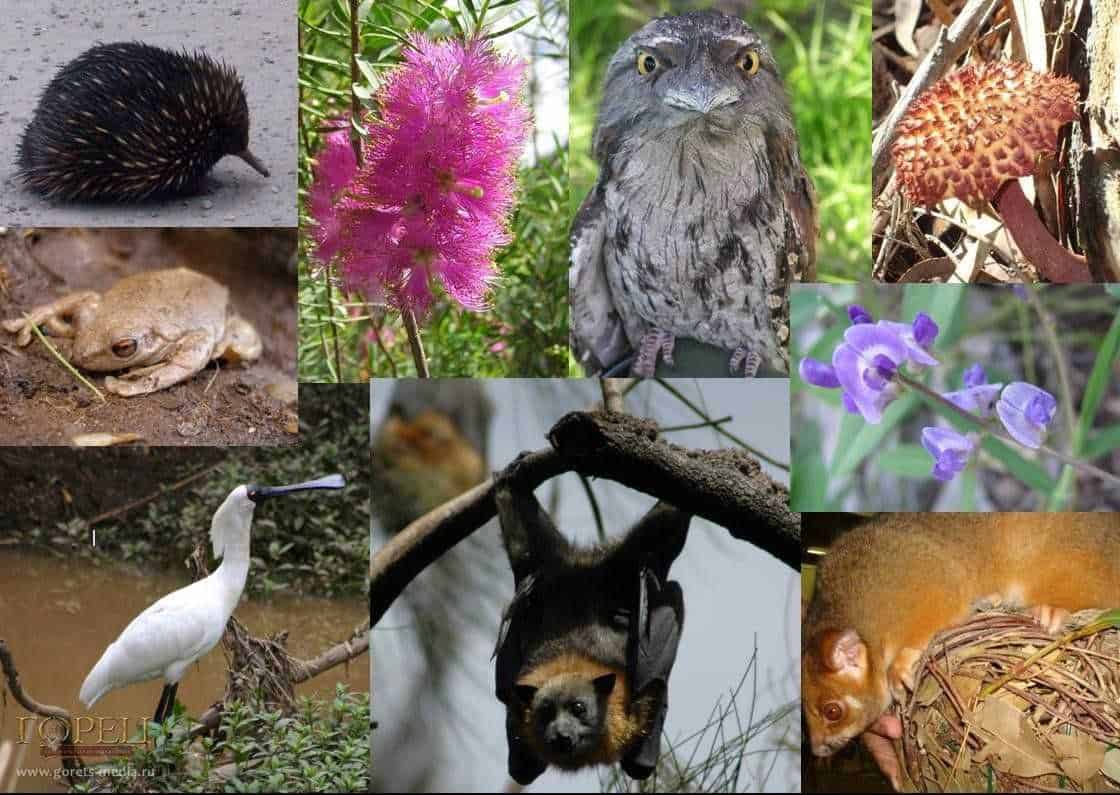
Butterflies are insects and, like other members of this class, have a special mouth structure that allows them to obtain food. The main source of food for butterflies is flowers, the nectar of which contains the substances they need, such as carbohydrates and amino acids. Butterflies use their long mouthparts, called a proboscis, to reach nectar inside a flower.
The proboscis of butterflies is a long tube that they unfurl and stick into a flower to obtain nectar. The proboscis can vary in length and shape depending on the species of butterfly and its preferred food source. Some butterflies have proboscis that are several centimeters long, allowing them to reach nectar in deep flowers, while other species may have a shorter proboscis that is more suitable for surface nectar.
In addition to nectar from flowers, some butterflies can also obtain nutrition from other sources. For example, some species of butterflies feed on pollen, which they collect from flowers and use as a source of nutrients. Other butterflies may feed on sap from rotting fruit or dead animals.
Nutrition plays an important role in the life of butterflies, providing them with energy for flight, reproduction and survival. Due to their ability to obtain nutrition from a variety of sources, butterflies are important links in food chains and contribute significantly to environmental biodiversity.
Types of food for butterflies

Butterflies are a diverse group of insects that feed on a variety of substances. Depending on the type of butterfly, their diet may include plant juices, flower nectar, pollen, fruits, honey, rotten fruit juices, meat and even blood.
Plant based nutrition: Most butterfly species prefer plant foods. They feed on plant juices, flower nectar and pollen. Some species of butterflies are specialized phytophages and feed only on certain types of plants. Other butterfly species may be polyphagous and feed on different types of plants.
Fruit nutrition: Some species of butterflies prefer to eat fruit. They can suck the juices of rotten fruits or feed on ripe fruits. This diet provides the butterflies with the necessary nutrients and energy to reproduce.
Meat food: Some species of butterflies eat meat. They can drink the blood of animals or suck the juices of rotten animals. This is a rare and specialized feeding practice that only a few species of butterflies practice.
Specialized food: Some butterfly species have unique feeding preferences. For example, some species of butterflies only feed on certain plants that contain certain chemical compounds necessary for their survival. Such butterflies can be very important for the conservation of biodiversity, since their nutrition is directly related to certain plants and ecosystems.
Nectar as the main source of nutrition

Nectar is the main source of nutrition for most butterflies. It is a sweet liquid that they obtain from the flowers of plants. Nectar contains essential carbohydrates and other nutrients that provide energy for butterflies to survive and reproduce.
Butterflies typically have long, thin sponges called glossae, which they can use to reach deep inside the flower to obtain nectar. Glosses can be of different shapes and lengths, depending on the preferences of each butterfly species.
Nectar is not only the main source of nutrition for butterflies, but also plays an important role in plant pollination. When a butterfly visits a flower to obtain nectar, it accidentally transfers pollen from one flower to another, aiding pollination and plant reproduction.
Interestingly, some species of butterflies can also feed on fruit juice, rotten fruits, trees, and even obtain food from nectar, which is secreted by certain types of trees. Thus, butterflies play an important role in pollen distribution and plant diversity in an ecosystem.
The importance of plants for butterfly nutrition
Plants play a key role in the life cycle of butterflies, as they are the main source of food for these insects. Butterflies, which are in the caterpillar stage, feed on various parts of plants such as leaves, stems and flowers.
Plants provide butterflies not only with food, but also with protection. Many species of butterflies have specialized feeding devices, such as a long, extensible tongue, that allows them to reach nectar inside flowers. Plants also release chemicals that can repel predators and prevent butterflies from attempting to feed.
It is important to note that plant diversity influences butterfly diversity. A large number of plant species provide a variety of food and living space for butterflies. Each species of butterfly may be specialized on a particular plant or group of plants, and their existence depends on the presence of these plants in the environment.
Thus, plants are an integral part of the ecosystem and are an important factor in maintaining butterfly biodiversity. The protection and conservation of plant life has a direct impact on the conservation of butterfly populations and the maintenance of ecological balance.
Examples of other power supplies
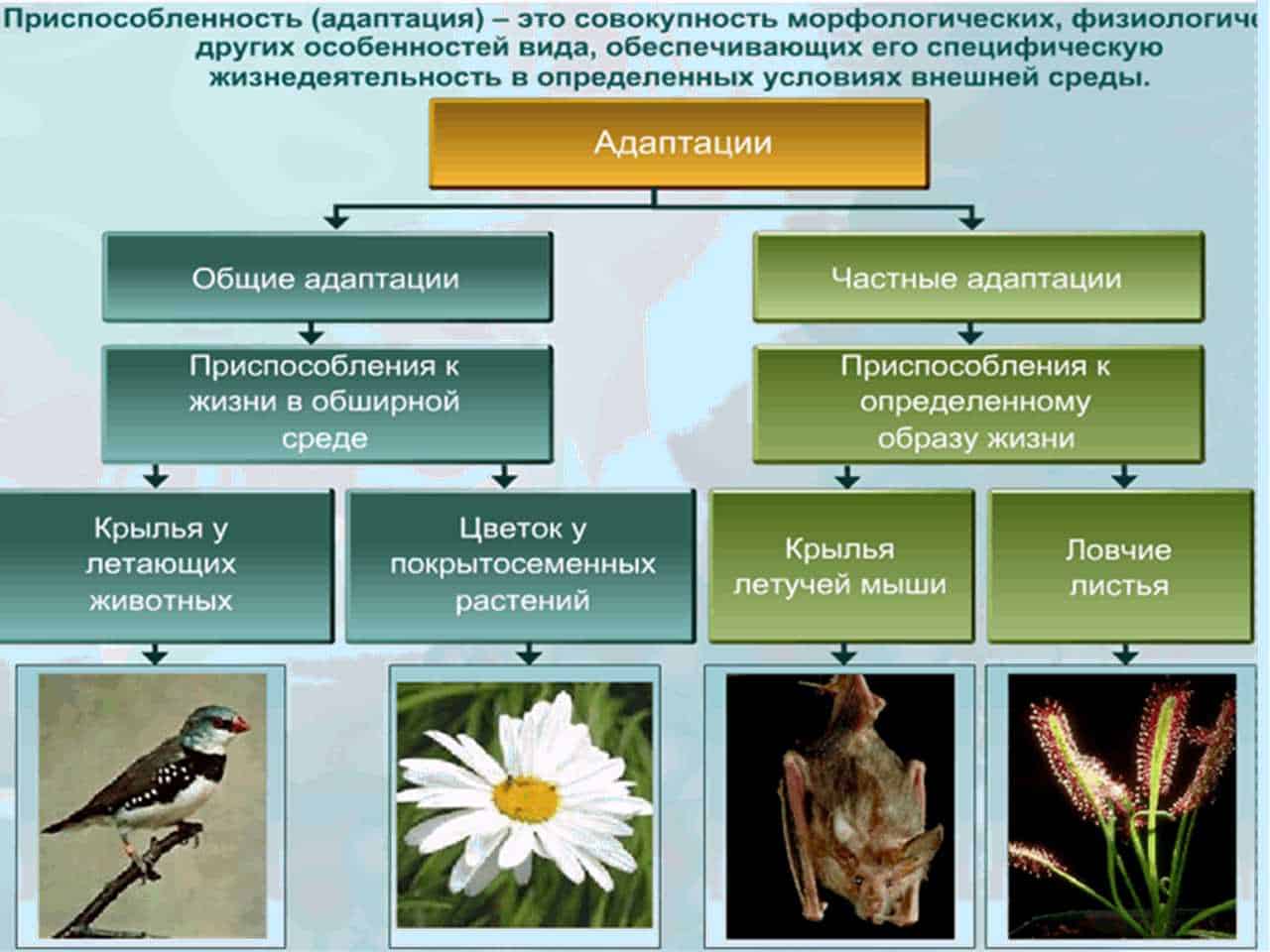
In addition to flower nectar, butterflies can obtain nutrients from other sources. Some species of butterflies can feed on fruit juices and rotten fruits. They use their nipple sponges to absorb juices that contain vitamins and minerals necessary for their survival and reproduction.
Other butterflies prefer to feed on plant juices, such as those from shoots and leaves. They use their chewing jaws to chew and eat plant tissue. This type of nutrition provides butterflies not only with energy, but also with the necessary proteins and carbohydrates.
Some butterfly species also feed on fluids secreted by other insects, such as honey bees and ants. They use this food source to get extra nutrients and sugar.
It is important to note that each butterfly species has its own preferences and nutritional requirements. Some butterflies may be very specialized and only feed on certain types of plants or insects, while others may be more general and have a wider range of foods. Diversity of food sources for butterflies plays an important role in maintaining their biodiversity and ecosystem balance.

